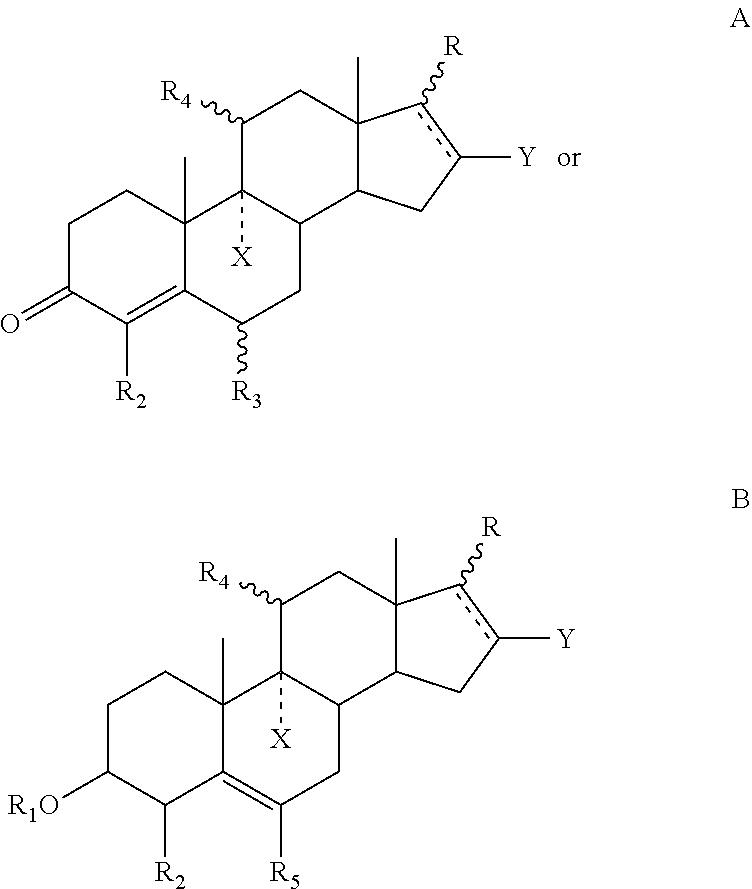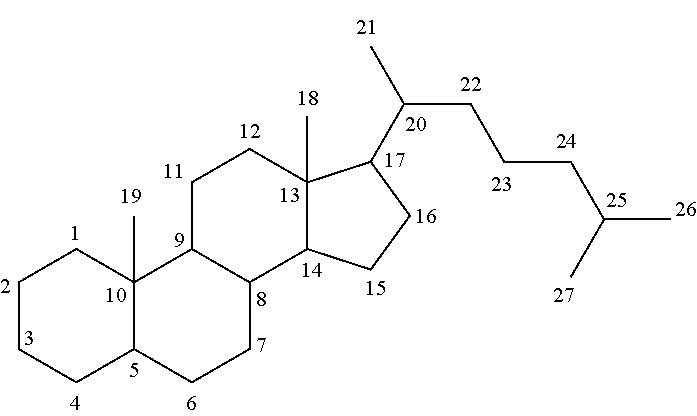Hair composition
a technology for hair and composition, applied in the field of oral or topical composition, can solve the problems of hair ageing, thinning hair, loss of shine, and increased number of grey hairs, and achieve the effects of improving the appearance of hair
- Summary
- Abstract
- Description
- Claims
- Application Information
AI Technical Summary
Benefits of technology
Problems solved by technology
Method used
Image
Examples
example 1
HaCaT Cell with Antioxidant Response Element (ARE) Reporter Gene Assay
[0085]HaCaT (immortal human keratinocyte) cells (P42) were stored in liquid nitrogen and revived in DMEM containing 10% FBS. The cells were sub-cultured and cryostocks made in 10% DMEM containing 10% DMSO from the first two passages.
[0086]To generate a stable cell line, the optimal antibiotic concentration was determined for selecting stable cell colonies. A kill curve was performed using untransfected HaCaT cells to evaluate their hygromycin B sensitivity (as the ARE-luciferase construct to be used for transfection contains the gene for hygromycin B resistance). HaCaT cells were plated in a 24-well tissue culture plate at a cell density of ˜80,000 cells per well. 24 hours later the cells were treated with different concentrations of Hygromycin B (ranging from 100 μg / ml to 800 μg / ml for seven days).
[0087]pGL4.37 (luc2P / ARE / Hygro) vector (Promega Cat. No. #E3641) transformed into DH5α competent cells (Invitrogen Ca...
example 2
HaCaT Cell with Antioxidant Response Element (ARE) Reporter Gene Assay
[0099]HaCaT (immortal human keratinocyte) cells (P42) were stored in liquid nitrogen and revived in DMEM containing 10% FBS. The cells were sub-cultured and cryostocks made in 10% DMEM containing 10% DMSO from the first two passages. Cells were routinely plated out in 6-well tissue culture dishes, at a seeding density of ˜5000 cells / cm2 in 2 ml complete medium / well for 24 hours, and incubated at 37° C. in 5% CO2.
[0100]Test solutions were prepared in ethanol or DMSO and added directly to the cells and treated for 24 hours. The test solutions were prepared with selected concentrations of test material as set forth in Table 2. The cells were then pelleted.
[0101]All cell pellets were lysed on ice for 30 minutes in 1 ml cell lysis buffer per 2.5×106 cells. The lysis buffer contained 1% NP-40, 0.1% sodium deoxycholate, 0.1% SDS, 6 mM sodium chloride and 0.05 M Tris at pH 7.6. Protease inhibitor cocktail (1000×; Sigma P8...
example 3
NADP(H): Quinone Oxidoreductase (NQO-1) Gene Expression Assays of Hair Follicles Cells
[0111]Temporal or occipital human scalp skin was obtained from subjects undergoing face-lift or hair transplant surgery with informed consent and ethics approval. Anagen VI hair follicles were isolated and maintained according to the method described in Philpott et al (J. Cell Sci 97, 463-471 (1990)). Dhurat et al (Int J Trichology, 2(2), 96-100 (July-December 2010)) describe that anagen is conventionally divided into six stages, Anagen I-V (proanagen), when the hair shaft grows within the hair follicle, and Anagen VI (metanagen), when the tip of the hair shaft emerges from the hair follicle. Hair follicles were stabilised in RNAlater (for PCR). Five individual Anagen VI hair follicles were used for each culture condition / patient.
[0112]In order to evaluate the effect of Nrf2 agonists on hair follicles, test groups (n=4 donor subjects) received Nrf2 agonist (sulforaphane or tert-butyl hydroxyquinone...
PUM
| Property | Measurement | Unit |
|---|---|---|
| weight ratio | aaaaa | aaaaa |
| weight ratio | aaaaa | aaaaa |
| temperature | aaaaa | aaaaa |
Abstract
Description
Claims
Application Information
 Login to View More
Login to View More - R&D
- Intellectual Property
- Life Sciences
- Materials
- Tech Scout
- Unparalleled Data Quality
- Higher Quality Content
- 60% Fewer Hallucinations
Browse by: Latest US Patents, China's latest patents, Technical Efficacy Thesaurus, Application Domain, Technology Topic, Popular Technical Reports.
© 2025 PatSnap. All rights reserved.Legal|Privacy policy|Modern Slavery Act Transparency Statement|Sitemap|About US| Contact US: help@patsnap.com



